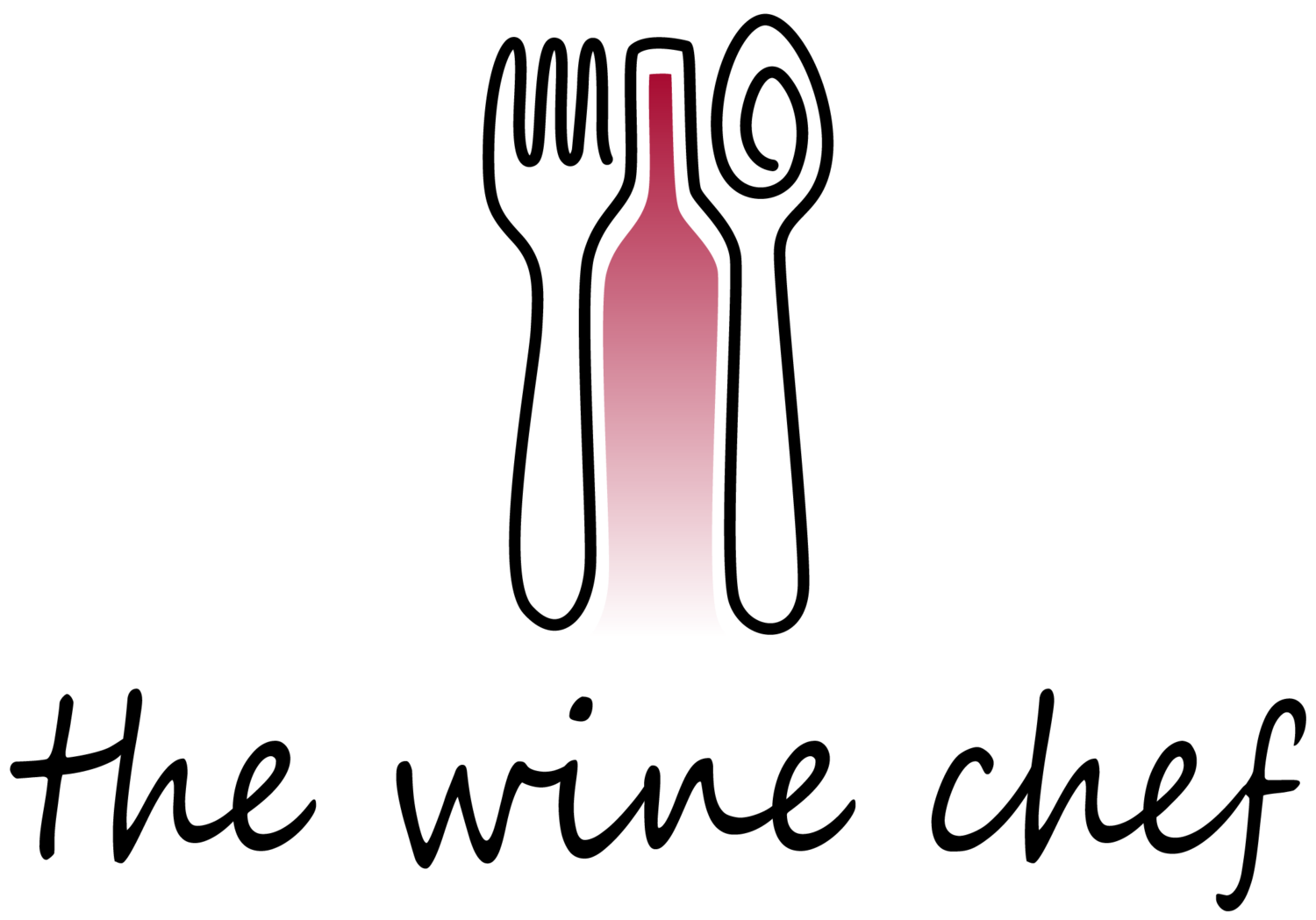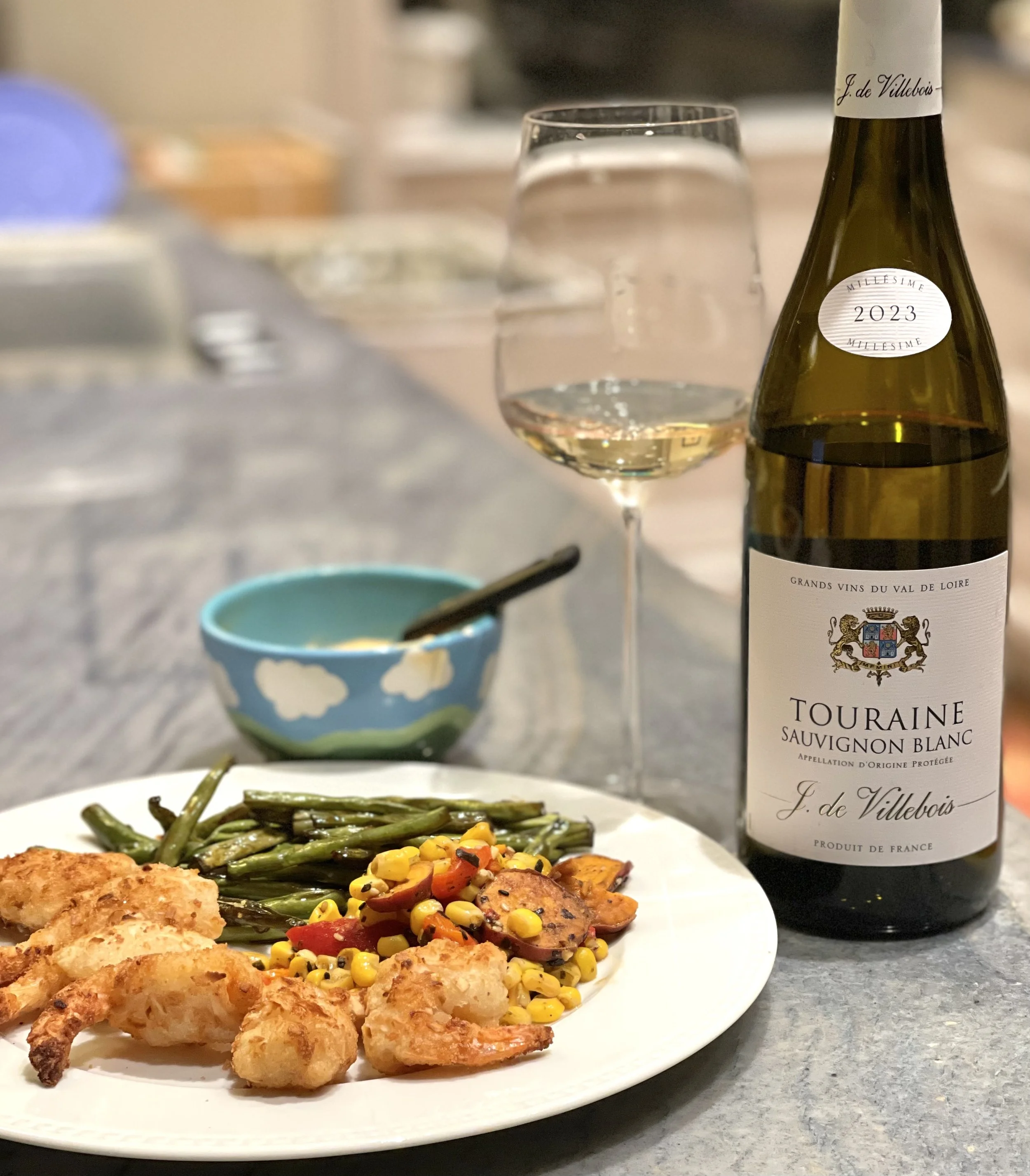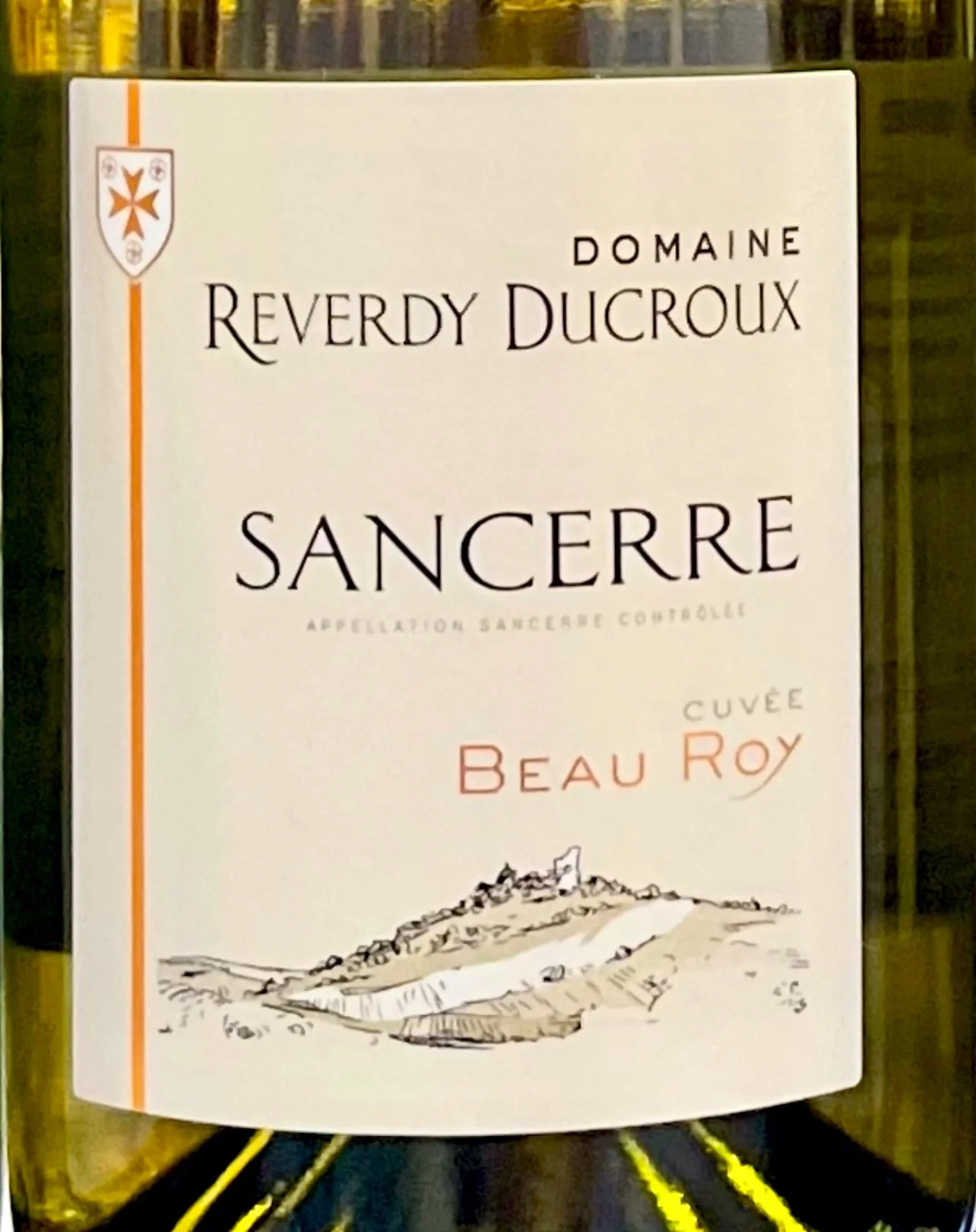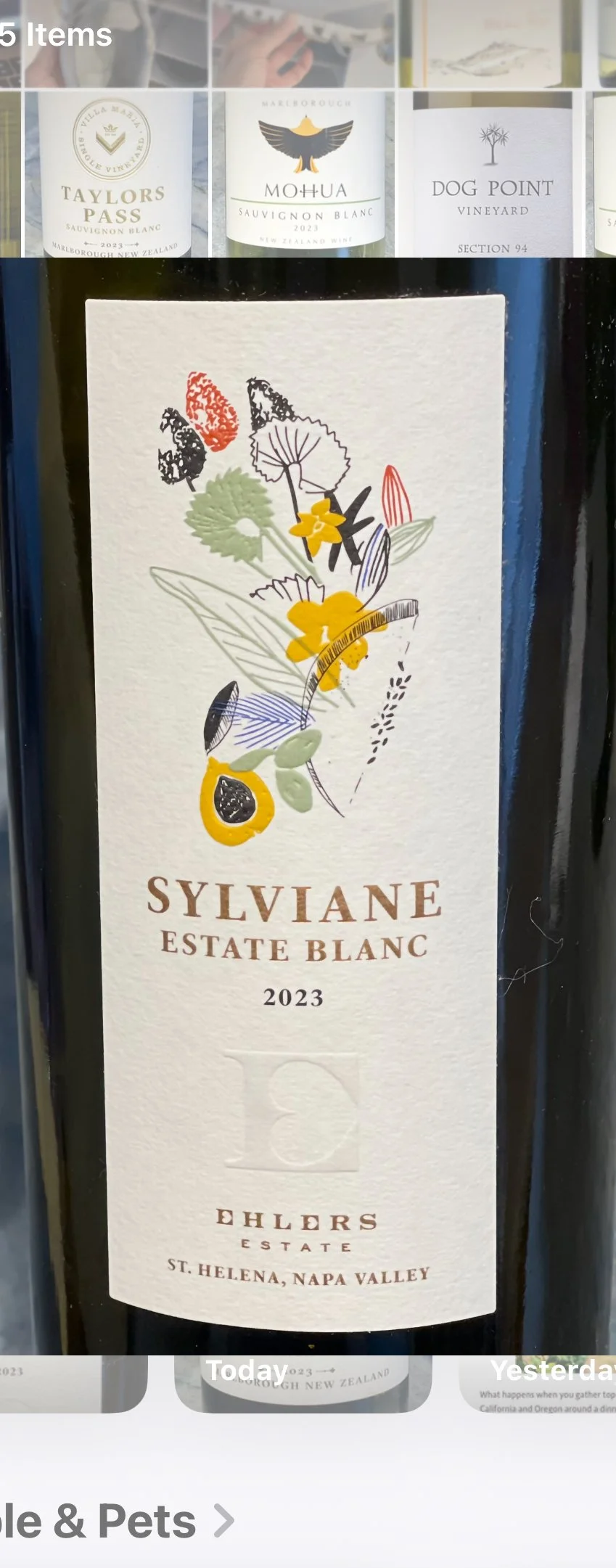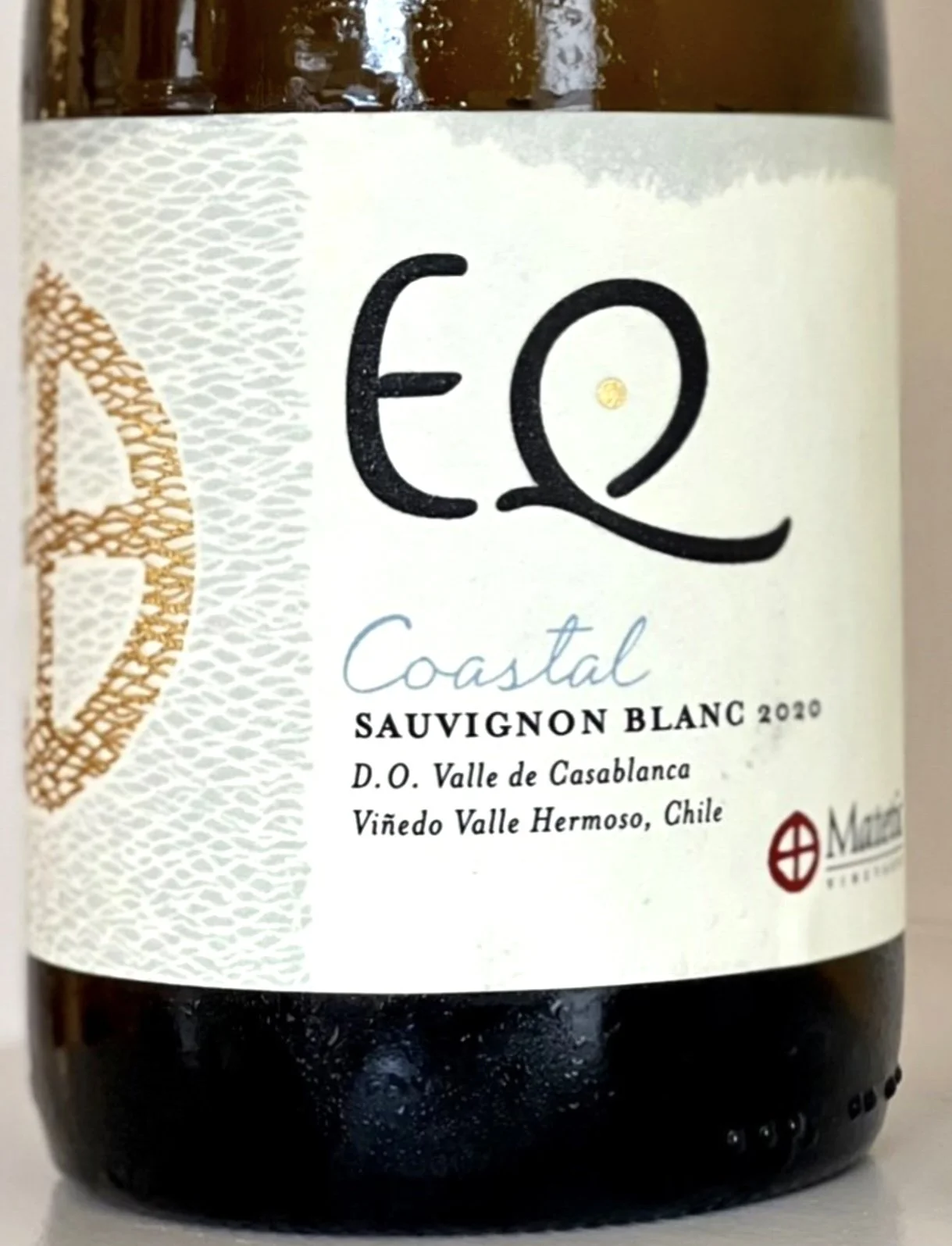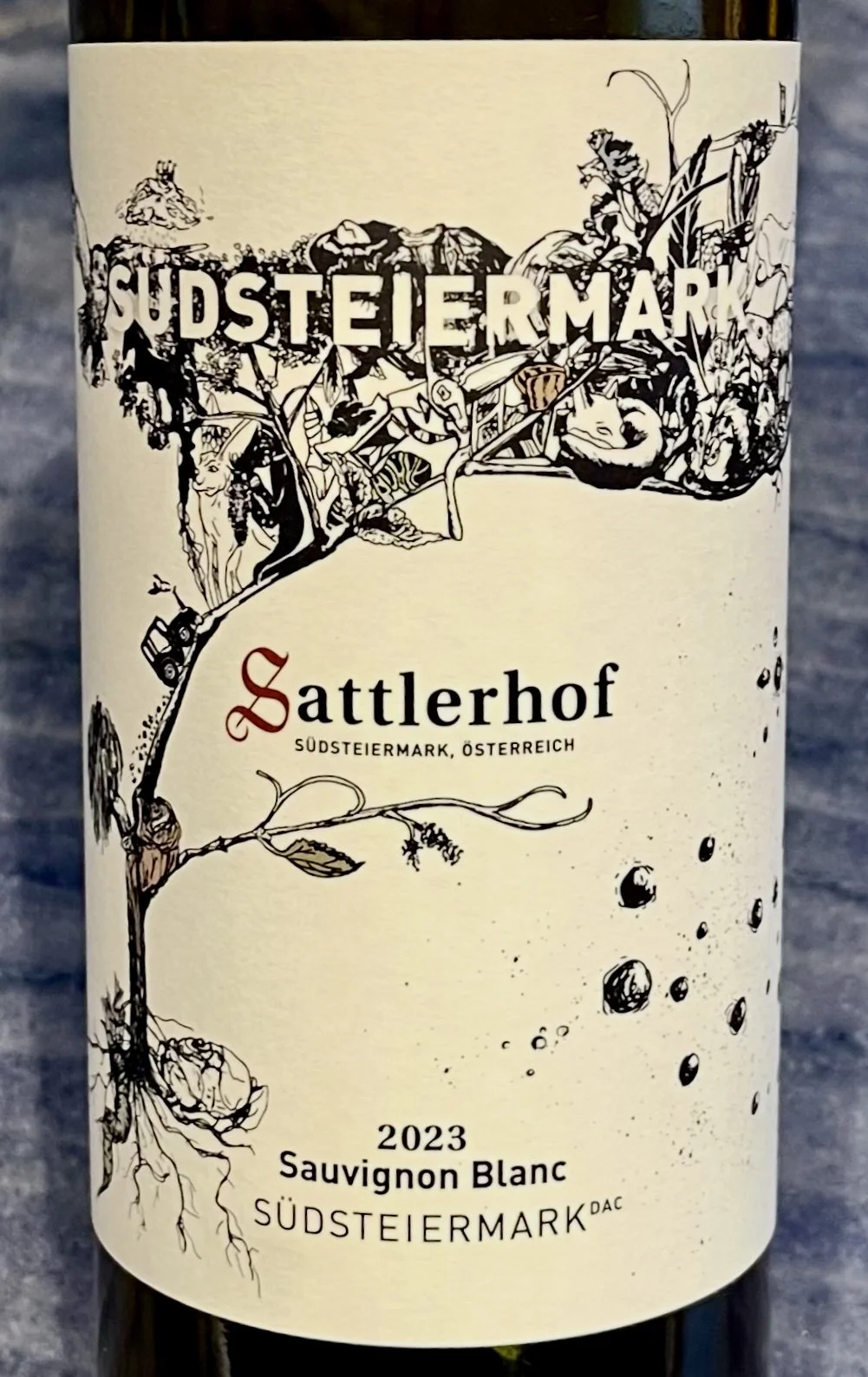The Terroir Translator: Around the World With Sauvignon Blanc
/When I was a child, during our family’s summers on the shores of New Hampshire’s Lake Winnipesaukee, almost every night, my mother would gather everyone into the car for the post-dinner jaunt to Bailey’s Dockside in Wolfeboro for ice cream. Each year, I’d purposefully select one flavor of ice cream and be loyal to it night after night, atop a crisp sugar cone. The only exceptions were the occasional hot fudge sundae (always vanilla) or a proper banana split, with its trio of vanilla, strawberry, and chocolate ice creams.
One year was devoted entirely to chocolate chip ice cream. Another, it was plain old chocolate. Then there was the summer of peppermint and another with pistachio. Some nights, I would eat the cone first, sitting on a bench by the lake, and then order a sundae to go, which would be almost finished by the time we got home, just 5 minutes later. Those were the days!!
From Ice Cream to Wine
I go through similar phases with wine, though they last a lot longer than just one summer. For most of the 1990s, aside from a brief detour of Pinot Grigio after a trip to Italy, my go-to white was Sauvignon Blanc. And it had to be from New Zealand. I loved the racy acidity and intensely aromatic, sweet-tart taste of grapefruit, elderflower, and passion fruit.
But sometime in the early 2000s, those Kiwi whites stopped appearing in my fridge. It wasn’t that I didn’t like them anymore—I’d just grown tired of them and wanted to experiment with other tastes, so, for the whites, I moved on to other grapes and regions: Spanish Albariño, Austrian Grüner Veltliner, French Chablis, and more. If I did reach for Sauvignon Blanc again, it was usually from the Loire Valley, so different from its New Zealand counterpart. And, honestly, even that was rare. Sauvignon Blanc just wasn’t a part of my life anymore, especially after entering the wine pro bubble in 2012, where the wines aren’t often held in the highest esteem—but that’s a story for another time!
So when I began sampling a selection of Sauvignon Blancs from around the world, it was with a twinge of nostalgia. One sip in, and I remembered exactly why I’d been so drawn to this grape in the first place.
At its best, Sauvignon Blanc’s signature acidity—zippy, nervy, refreshing—makes it one of the most food-versatile whites out there. It pairs well with a wide range of foods, including seafood and white meats with citrusy or herbaceous sauces, goat cheese, salads, fresh vegetables, Thai food, tacos, sushi, and more.
But what struck me most in my tastings wasn’t its energy. It was how each wine was so different from the next, depending on its winemaking region. From flinty Sancerre to tropical Marlborough and mineral-driven South African bottlings, Sauvignon Blanc is one of the clearest mirrors of place in the wine world.
Sauvignon Blanc’s popularity is undeniable, and it’s no coincidence that it’s one of the world’s most widely planted wine grapes. If you’ve drifted away from Sauvignon Blanc, like I had, now could be a good time to come back—maybe even fixate on the variety for the whole summer, like I used to do with my annual ice cream flavors!
Here’s a tour through seventeen wines from six regions where this unique white grape thrives—each speaking in its own accent, yet unmistakably Sauvignon Blanc.
Loire Valley, France – The Classic Benchmark
Sauvignon Blanc’s spiritual home is in the Loire Valley. Here, limestone, clay, gravel, and Kimmeridgian marl soils produce wines with laser-like acidity and subtle, stony minerality.
What to Expect: Flint, citrus, green apple, minerality (wet pebbles), and in the case of Pouilly Fumé, subtly smoky.
Try:
J. de Villebois Touraine Sauvignon Blanc 2023. The Loire Valley’s Touraine area is known for lighter and fruitier wines than Sancerre and Pouilly Fumé. This one is bright and crisp, fresh and floral, with notes of tart lemon, white flowers, and a hint of white pepper and graphite. Its fruity palate, featuring notes of orange and pink grapefruit, is complemented by a complex texture and a delicate saline finish. ($19)
Domaine Reverdy Ducroux Sancerre Beauroy. Razor-sharp, with notes of lemon zest, green apple, pear, lemon, lime zest, white flowers, and a hint of peach, finishing with hints of wet stone minerality. ($26)
Domaine du Nozay Sancerre 2023. Lime zest, green apple, and ripe pear, followed by hints of elderflower, fresh-cut grass, and wet stone; crisp and racy, with a long, mouthwatering, saline finish. ($45)
J. de Villebois paired with coconut shrimp, green beans, and corn, red pepper salad.
Marlborough, New Zealand
New Zealand put Sauvignon Blanc on the global map in the 1980s with wines that exploded with aromatics and mouthwatering acidity. Marlborough’s wide diurnal range and stony soils create dry wines with vibrancy and verve, light but intense, crisp yet fruity and herbaceous.
What to Expect: Passionfruit, gooseberry, elderflower, grapefruit, fresh-cut grass, cat pee (yes! That’s what some people say it smells like—but in a good way if that’s possible!).
Try:
Villa Maria Taylors Pass Sauvignon Blanc 2023. From a single vineyard, all the zest and lift you expect, with fresh aromatics, punchy lemongrass, and a hint of jalapeño pepper; a savory and mineral texture reminiscent of the wet river stones of the nearby Awatere River. ($25)
Mohua Sauvignon Blanc 2023. Grapefruity, grassy aromas typical of Marlborough Sauvignon Blanc, but with a bit more subtlety and finesse. Crisp, citrusy acidity, medium-bodied, and well-balanced. ($15)
Dog Point Section 94 Sauvignon Blanc 2021. A barrel-fermented version that shows how textured and age-worthy Marlborough Sauvignon can be. Powerful and intensely flavored, bursting with fresh grapefruit and a creaminess from lees aging. Can be cellared for 10+ years. ($45)
California – Ripe, Round, and Varied
California Sauvignon Blancs run the gamut from lean and Loire-inspired to plush and barrel-aged. Napa and Sonoma’s warmer climates lead to rounder, richer styles, especially when oak is used. If you crave high-acid, mineral-driven wines, California might not be the best choice for you, although some California versions have it, such as in the Ehlers Estate below.
What to Expect: Lemon curd, tropical fruit, softer acidity.
Try:
Ehlers Estate Sylviane Estate Blanc 2023. 87% Sauvignon Blanc, 13% Semillon. A nuanced estate white with notes of citrus blossoms, jasmine tea, and sea spray. Fresh and tangy palate with zingy, mouthwatering acidity and saline minerality; layers of stone fruit, lemon zest, and mint, finishing with a slight touch of oak. ($50)
Merry Edwards Russian River Valley Sauvignon Blanc 2023. Ripe citrus, white peach, and a hint of tropical fruit; creamy texture with vibrant acidity. Layered and expressive—floral, zesty, with a polished finish. ($42)
Northern Italy – Alpine Purity with a Mediterranean Twist
In the foothills of the Dolomites and across Alto Adige and Trentino, Sauvignon Blanc finds a cool, elevated home. The wines here are often taut and perfumed, shaped by dramatic diurnal shifts and a mix of glacial and alluvial soils. These are precise, elegant expressions that marry freshness with subtle complexity.
What to Expect: Lemon peel, mountain herbs, alpine freshness.
Try:
San Leonardo “Vette” Sauvignon Blanc 2024 (Trentino). Crisp and aromatic, with notes of lime, sage, green apple, white peach, and passion fruit with a refreshing mineral snap; finishes clean. ($25)
Kurtatsch Kofl Sauvignon Blanc 2021 (Alto Adige). Mineral with an unctuous mouthfeel and pleasantly tart with citrus elements; complex and would make a great pairing with white cheeses, cream-based pasta, or even a fruit tart for dessert. ($35)
Cantina Bolzano “Mock” Sauvignon 2023 (Alto Adige) – Tart, woodsy, and citrusy with a full, juicy mouthfeel. Grown in the high-altitude vineyards near Bolzano, this round and creamy wine exhibits delicate notes of candied fruit and grapefruit zest, with a clean, pleasantly bitter, alpine finish. ($16)
South Africa – Smoky, Structured, and Wild
South Africa is crafting some of the most exciting Sauvignon Blancs today, particularly from cool-climate zones like Elgin and Cape South Coast. Many of these wines have a distinct, savory, mineral streak, often layered with subtle oak notes.
What to Expect: Lime leaf, green melon, struck flint.
Try:
MAN Family Wines Warrelwind Sauvignon Blanc 2024. Complex and crisp with a buttery, mineral finish; notes of bright tropical fruit, white pepper, bitter orange, and herbaceous elements—a sensational example of South African Sauvignon Blanc. I was SHOCKED when I found out the price… a steal at around $10! Stock up on this one.
Reyneke Reserve White 2019. Complex, and almost Chardonnay-like in weight due to 10 months aging in French oak barrels. Lemon, lime, passionfruit, and elderflower notes, with a flintiness and fine acidity. ($42)
Chile – High Elevation and Coastal Freshness
Coastal regions like Casablanca and Leyda benefit from Humboldt Current-cooled air, preserving acidity, aromatic lift, and intense fruit flavors. Chilean Sauvignon Blancs offer excellent value and increasingly sophisticated winemaking.
What to Expect: Grapefruit, herbs, a saline finish.
Try:
Miguel Torres Ándica Sauvignon Blanc 2024. Aromatic, full-bodied, juicy-fruited with brisk, lemony and tart orange acidity with a buttery finish. Try it with shellfish, such as mussels in a garlic wine broth. ($15)
Matetic Vineyards EQ Coastal 2020. EQ stands for equilibrium, the Spanish word for balance. Fresh and ripe fruits mingled with lemony acidity, saline minerality, and a lingering finish. ($20)
Austria – The Unexpected Contender
While better known for Grüner Veltliner and Riesling, Austria (especially the Südsteiermark region in Southern Styria) produces small but excellent quantities of Sauvignon Blanc. The wines are bright, focused, and often age-worthy.
What to Expect: Crisp apple, alpine herbs, stony minerality.
Try:
Sattlerhof Südsteiermark Sauvignon Blanc 2023. An aromatic, brisk introduction to Styrian style—lemony and mouthwatering. Hints of oak on the nose followed by green apple, thyme, and white pepper with classic Südsteiermark mineral notes and a slight hint of earth. A wine of finesse that would pair well with salads and fish dishes. ($24)
Tement “Kalk & Kreide” Südsteiermark Sauvignon Blanc 2023. Citrus, chalk, and herbaceous notes like gooseberry and fresh-cut grass; light to medium-bodied with a crisp, refreshing texture and a fine mineral spine. The wine's name, "Kalk & Kreide" (chalk and limestone), reflects the soil composition of the Südsteiermark region, which influences the wine's distinct minerality. ($25)
